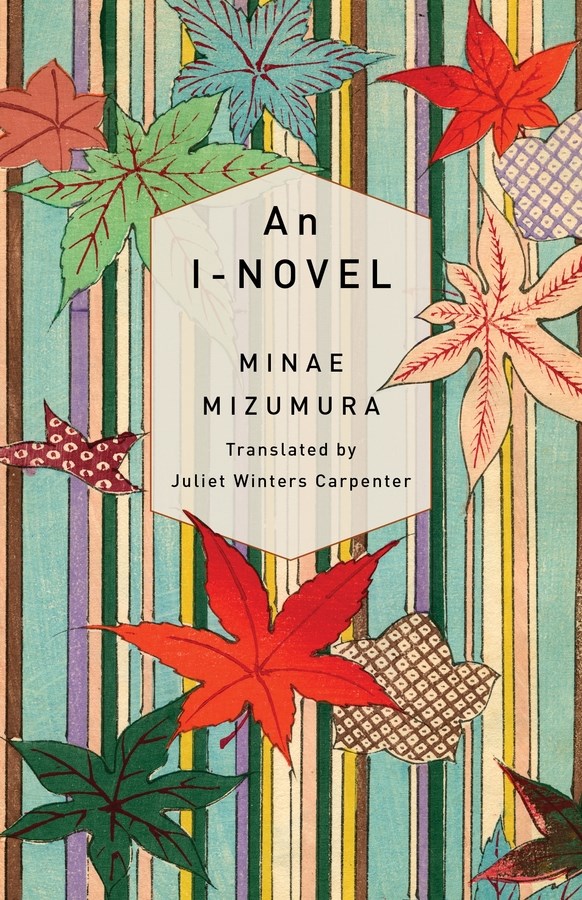
As the name suggests, An I-Novel is a semi-autobiographical novel told in the confessional manner that characterizes the Japanese literature genre of the same name. Given the author and protagonist Minae’s fascination with the Meiji period of Japan’s history, it is only fitting that the book’s title would harken back to that era.
Reminiscent of Haruki Murakami’s own allegedly semi-autobiographical novel Norwegian Wood, author Minae Mizumura’s An I-Novel takes a similarly sweeping look at Minae’s childhood and early adulthood. Central to the narrative is Minae’s relationship with her sister Nanae. Though Nanae is older than Minae, the two have a relationship that is more like that of twins, with Minae assuming a nurturing role in relation to her bumbling, unpredictable sister. Though their relationship, like any sibling relationship, is composed of both affection and irritation, it is that bond that sustains each of them through the isolation of being an immigrant in America.
“Oh the loneliness.”
An I-Novel is an exploration of that isolation. It is a reckoning with what it means to assimilate with a new culture—what is given up and what is gained. But as Minae eloquently observes, the isolation seems to transcend the immigrant experience and may be indicative of something deeper and darker within American culture. “Something in American society caused many to live in isolation,” she says. “Broken people, like broken buildings, were simply part of the American landscape.”
Minae’s family relocated from Tokyo to New York when she was in middle school. Though by many standards, she was young at the time of her migration, she was obstinate in her resolute rejection of English, and by association, American culture. She recognizes, in the novel’s present, that America, the prophetic “Land of Opportunity,” indeed presented her with every privilege and opportunity she could have desired. But in her struggle to hold onto her cultural heritage, she found herself blind to those opportunities until it was too late. After years of ignoring her teachers’ encouragement that she improve her English, it is only in her early thirties that she finally recognizes that value that English has not only in America but also internationally. As an aspiring novelist, she is faced with the realization that she does not have the language acquisition to write the complexities of her ideas in English—if she were to write in Japanese, would Japanese audiences resonate with her work?
In the novel’s present, Minae is a French Literature graduate student at a recognized East Coast university, procrastinating her final oral exams, which are symbolic of her last logical hold in the US. As she considers what it would mean to leave her sister in New York while returning to Japan, she struggles with her own identity as someone who no longer feels truly Japanese but who also feels she has no space in America. She is a pivotal moment in her life, preparing to abandon the reluctant comfort she has developed during twenty years in the United States, to leave behind her sister, to dive into the uncertainty of a career as a novelist, and to return to a country that is simultaneously her longed for home and an unrecognizable landscape.
As an echo of Minae’s own language struggles, the translated format of the novel does take an adjustment period. As Juliet Winters Carpenter artfully discusses in the introduction to her translation, the original novel peppers in phrases in English that are recognizable to international audiences across a variety of languages, and thus, do not require translations and instead provide a fun, emphasized visual break in the novel’s text . However, a dilemma is reached when trying to translate the novel—how do you distinguish the text that was originally English from what has been translated? Winters Carpenter’s solution is using different font types. The differences in fonts are slight, and therefore take a moment to recognize, but they do accomplish the goal of signalling to the reader the intricacies of the original text. Minae’s fascination in the Japanese language similarly warrants the use of kanji, hiragana, and katakana to show the diversity and beauty of Japan’s written language.
Overall, An I-Novel was an enjoyable read that provided insight into the author’s identity as a Japanese immigrant in the United States, but it failed to inspire a sense of originality or earnestness. Where I found the greatest sense of joy was in Minae’s descriptions of the translated word, which created an ethereal sense that the book was self-aware: “Could commonplace emotions and unoriginal expressions—the manifestation of a banal literary sensibility—transform into something more remarkable when rendered in a different language?”
As I have only read the English version, I cannot speak to the transformation of the book from one language to the next. I am, however, grateful that Minae Mizumura’s words, which she seemingly regretted not being able to communicate into English, have all the same found their way to English-speaking audiences.
Thank you to Columbia University Press and Above the Treeline for an ARC in exchange for an honest review.
